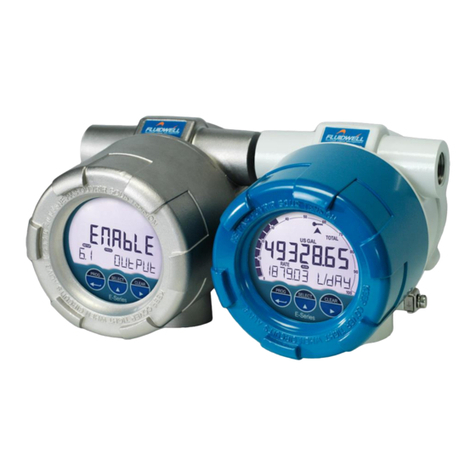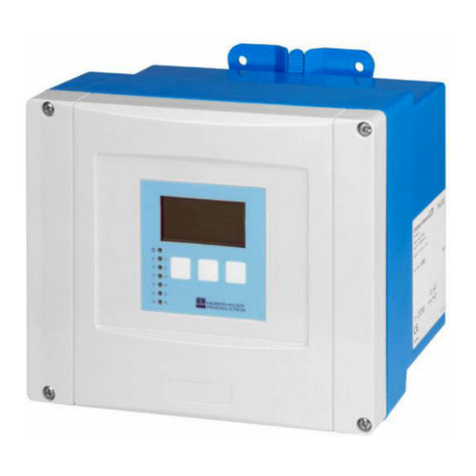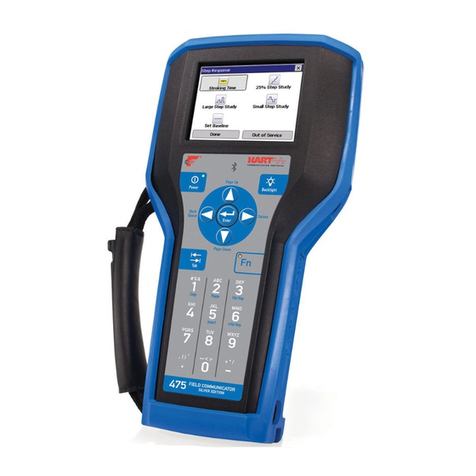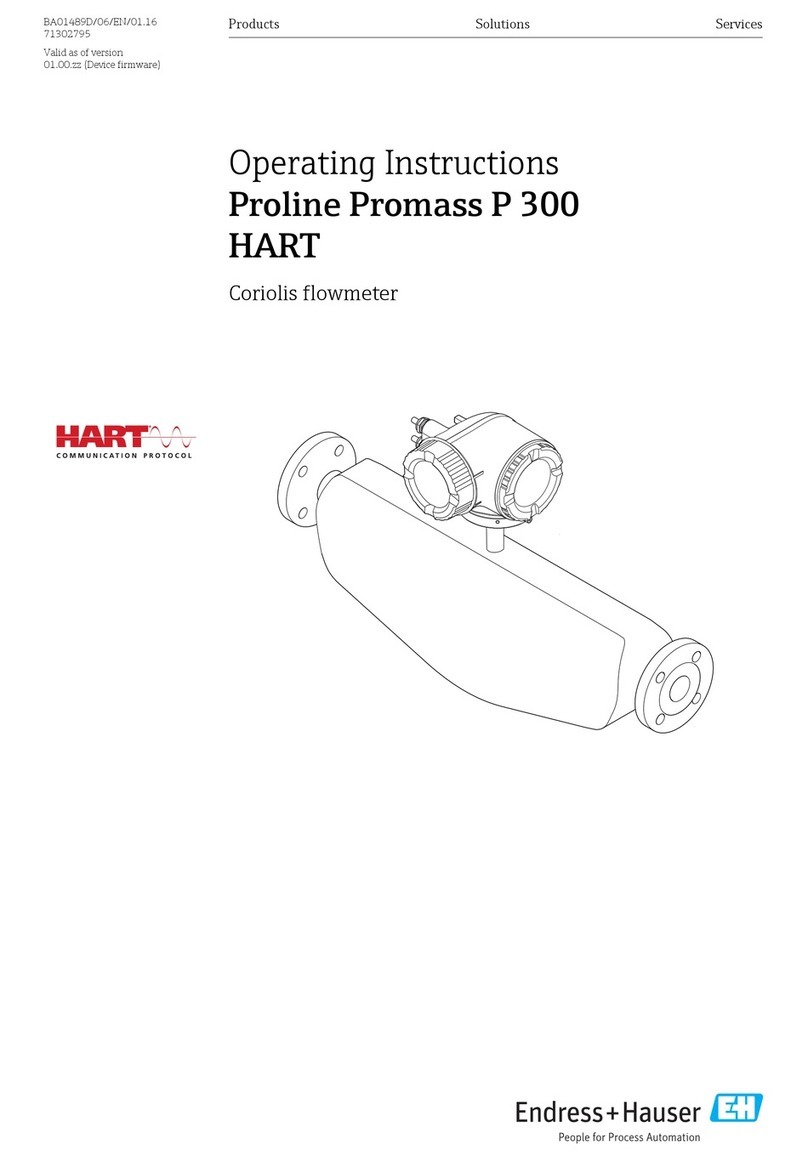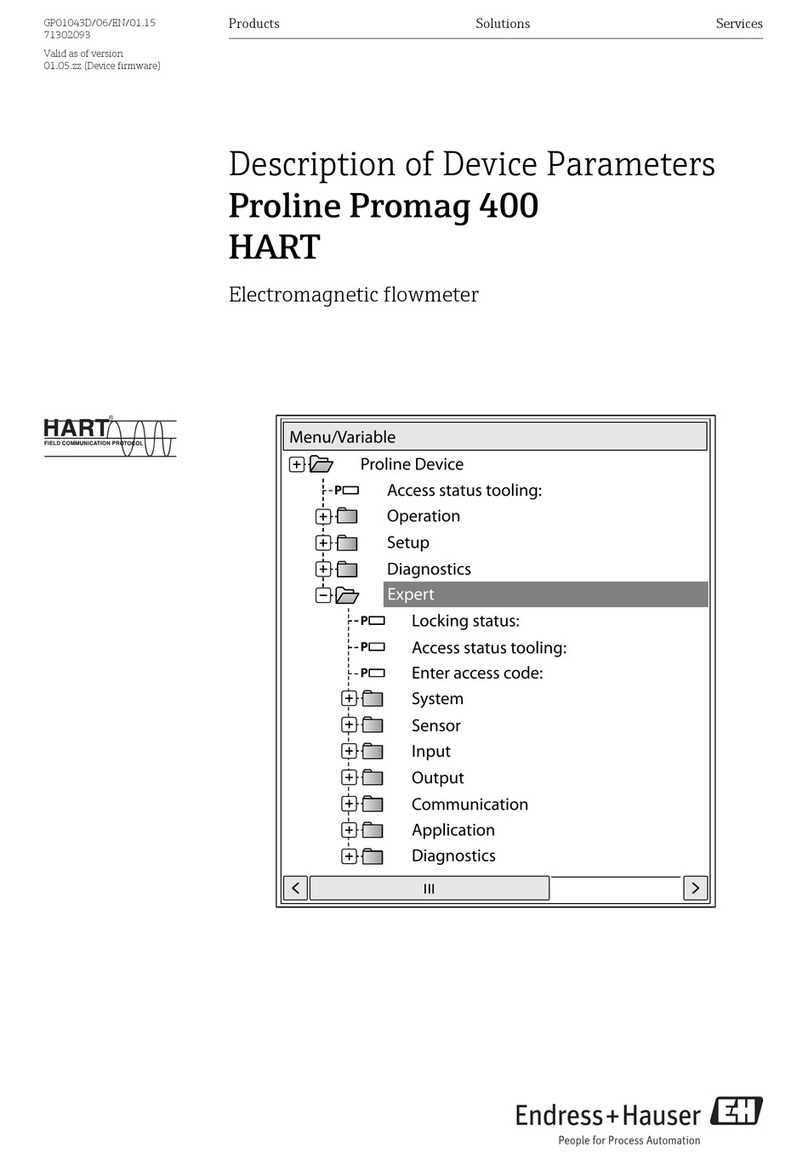
User Manual E018-P
Page 2 FW_E018-P_M_v0301-01_EN
TABLE OF CONTENTS
1 ABOUT THIS MANUAL ........................................................................................................... 4
1.1 How to use this manual................................................................................................... 4
1.2 Use of pictograms ........................................................................................................... 4
1.3 Warranty and technical support ...................................................................................... 4
1.4 Model Reference............................................................................................................. 4
2 SAFETY.................................................................................................................................... 5
2.1 Personal safety ............................................................................................................... 5
2.2 End-user responsibilities................................................................................................. 5
2.3 Potential equipment damage .......................................................................................... 5
2.4 Disposal of electronic waste ........................................................................................... 5
3 INTRODUCTION ...................................................................................................................... 6
3.1 System description.......................................................................................................... 6
3.2 Product features.............................................................................................................. 7
3.3 Installation example ........................................................................................................ 8
4 OPERATION............................................................................................................................. 9
4.1 Introduction ..................................................................................................................... 9
4.1.1 Operating modes............................................................................................................. 9
4.2 Control panel................................................................................................................... 9
4.2.1 Display ............................................................................................................................ 9
4.2.2 Optical keys..................................................................................................................... 10
4.2.3 Backlight.......................................................................................................................... 11
4.3 Operator functions .......................................................................................................... 11
4.4 Displayed information ..................................................................................................... 13
4.4.1 Flowrate .......................................................................................................................... 13
4.4.2 Total and Accumulated Total .......................................................................................... 13
4.4.3 Current day total and Previous day total ......................................................................... 13
4.5 Operator alarms .............................................................................................................. 14
4.5.1 Flowrate alarm indication ................................................................................................ 14
4.5.2 Low battery...................................................................................................................... 14
4.5.3 Internal error.................................................................................................................... 14
5 CONFIGURATION.................................................................................................................... 15
5.1 Introduction ..................................................................................................................... 15
5.2 Operating the Main Electronics Module (MEM) .............................................................. 15
5.2.1 Configuring using PC Configuration tool ......................................................................... 16
5.2.2 Mechanical keys.............................................................................................................. 16
5.2.3 Optical keys switch.......................................................................................................... 16
5.2.4 Saving battery lifetime (type PB)..................................................................................... 17
5.3 Configuring using SETUP mode ..................................................................................... 17
5.3.1 Entering SETUP mode.................................................................................................... 17
5.3.2 Navigating the SETUP menu .......................................................................................... 17
5.3.3 Changing configuration settings...................................................................................... 18
5.3.4 Returning to Operator Mode ........................................................................................... 19
5.4 SETUP menu overview................................................................................................... 19
5.5 SETUP menu explanations............................................................................................. 21
5.5.1 Menu 1: Total ................................................................................................................. 21
5.5.2 Menu 2: Flowrate ........................................................................................................... 21
5.5.3 Menu 3: Alarm ................................................................................................................ 22
5.5.4 Menu 4: Display ............................................................................................................. 23
5.5.5 Menu 5: Flowmeter ........................................................................................................ 24
5.5.6 Menu 6: Linearization ..................................................................................................... 25
5.5.7 Menu 7: Analog output ................................................................................................... 27
5.5.8 Menu 8: Relay outputs ................................................................................................... 28
5.5.9 Menu 9: HART communication ...................................................................................... 29
5.5.10 Menu 10: Others ............................................................................................................ 29
6 INSTALLATION........................................................................................................................ 30
6.1 Installation / environmental conditions ............................................................................ 30
6.2 Handling the E-Series enclosure .................................................................................... 31
6.2.1 Main parts ....................................................................................................................... 31
6.2.2 Identification .................................................................................................................... 32
6.2.3 Opening, assembling and closing the unit ...................................................................... 34
6.2.4 Test unit .......................................................................................................................... 35












